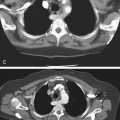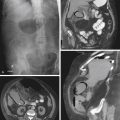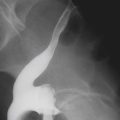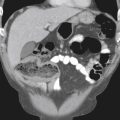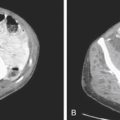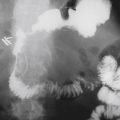CASE 131
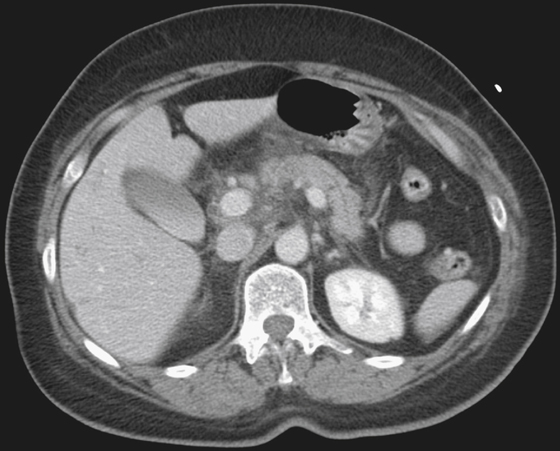
History: A 17-year-old girl presents to the emergency department inebriated and complaining of abdominal pain.
1. What should be included in the differential diagnosis of the imaging finding shown in the figure? (Choose all that apply.)
2. Which of the following statements regarding the clinical aspects of pancreatic trauma is true?
A. Pancreatic injury is more common with blunt trauma than with penetrating injuries.
B. Adults are more likely to sustain pancreatic injury in the same clinical scenario.
C. Pancreatic injury occurs in about 10% of blunt abdominal trauma cases.
D. Elevated serum amylase is a reliable indicator of pancreatic injury.
3. What is the most important issue in suspected pancreatic injury?
A. Injury of the main pancreatic duct.
B. There is often associated skeletal injury.
C. Delayed mortality is usually pancreatic endocrine and exocrine failure.
D. Acute mortality related to pancreatic injury is usually due to duodenal perforation.
4. Which of the following statements regarding imaging of pancreatic injury is true?
A. The pancreatic head is the most common site of injury.
B. There are almost always associated injuries of other upper abdominal viscera.
C. Early CT scanning is important; if CT is normal, pancreatic injury is reliably excluded.
ANSWERS
CASE 131
Subtle Pancreatic Trauma
1. A, B, C, and D
2. C
3. A
4. B
References
Fischer J, Carpenter K, O’Keefe G. CT diagnosis of an isolated blunt pancreatic injury. AJR Am J Roentgenol. 1996;167(5):1152.
Cross-Reference
Gastrointestinal Imaging: THE REQUISITES, 3rd ed, p 174.
Comment
Pancreatic blunt trauma is uncommon; the pancreas is ninth or tenth on the list of organs most commonly injured in blunt trauma. It seems to be more common in penetrating trauma. Multidetector CT (and in some cases clinical suspicions of subtle injury may require thin sections through the pancreas) is the examination of choice at the present time. The pancreas lying across the bony spine would seem to be the most obvious candidate for contusion or fracture in blunt trauma. The fact that it is not injured more often is puzzling. It may be that subtle cases are missed or that subtle cases are not seen with current CT technique.
Most subtle injuries are located in the body of the pancreas. The intimate relationship of vascular structures to the pancreatic head makes diagnosis and the morbidity and mortality rates of pancreatic injury greater than at other sites in the pancreas. The aorta, subhepatic inferior vena cava, superior mesenteric artery and superior mesenteric vein, and confluence of the portal vein all are found around and contiguous with the substance of the pancreatic head. In this case, the evidence for pancreatic injury is the fluid seen close to the pancreas (see figure). In cases such as this, specific treatment is not required, and the outcome, as in this patient, is excellent. However, follow-up is recommended to ensure complete healing without complication.

